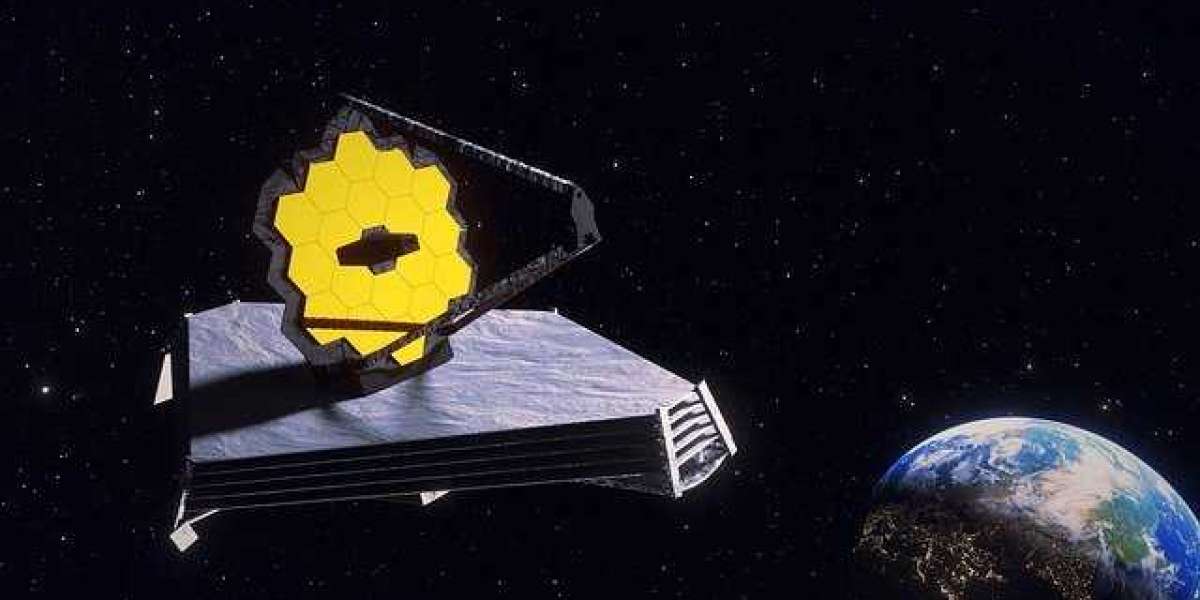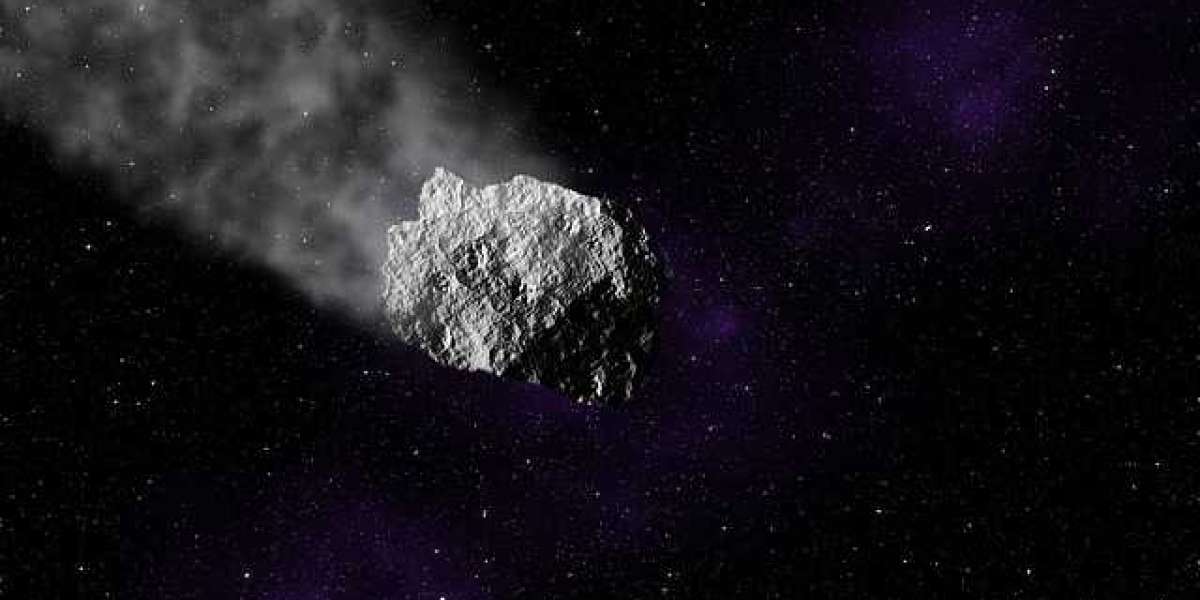Exactly one month after Launched by French Guiana, the Webb telescope performed its last maneuvers to be stationed in solar orbit in a position known as Lagrange Point Two, or L2, the US space agency NASA announced.
In that position in space, Webb will be constantly in line with Earth as the telescope and planet will revolve around the Sun, allowing uninterrupted radio communication. By comparison, the Webb's predecessor, the Hubble Space Telescope, orbits the Earth at a distance of 550 kilometers, exiting and entering the planet's shadow every 90 minutes. The combined gravity of the Earth and the Sun will keep the Webb Telescope in one position. stable, so only minimal use of its rocket propulsion will be needed to maintain its orbit, said NASA scientist Eric Smith. It is a revolutionary $ 9 billion infrared telescope that NASA has introduced as the main observatory for space science for the next decade. The telescope is a hundred times more sensitive than the Hubble Space Telescope and is expected to profoundly change the meaning of the universe and the place of man in it. The Webb will mainly observe the universe in the infrared spectrum, which will allow it to penetrate gas clouds and stellar dust, while Hubble operated primarily at optical and ultraviolet wavelengths.
Working in infrared also means that Webb will record the light that has entered this spectrum through billions of years of redshift.
So, he will be able to capture space objects that we have not been able to see until now - the first stars and galaxies that formed in the early days of space, when he was only about 100 million years old. These objects then emitted mainly ultraviolet radiation, and for more than 13 billion years, due to the expansion of space, it passed through the entire visible spectrum and can now only be detected as very weak infrared radiation red. The recording of the first large structures in space should reveal many hitherto unknown facts about the formation of the first stars and galaxies. much larger for light collection.

In addition to searching for the formation of stars and earlier galaxies, astronomers will also be able to study supermassive black holes believed to occupy the centers of distant galaxies. Instruments at James Webb will make it possible to search for evidence of an atmosphere which supports life on exoplanets, especially the existence of carbon dioxide and methane, but also on space bodies much closer to Mars or Saturn's icy moon, Titan. The Webb telescope, on the other hand, is not intended to require chemical "biomarkers" that would go one step further in confirming extraterrestrial life. The fine-tuning of the space telescope instruments is expected in the coming weeks and is expected to be fully functional within a few months.



